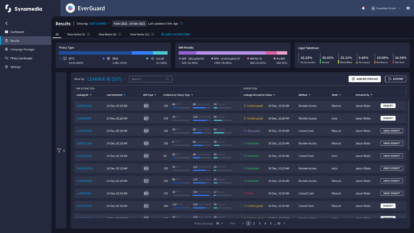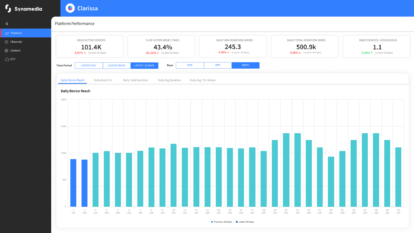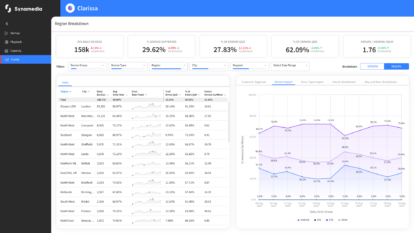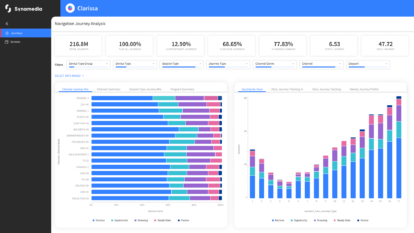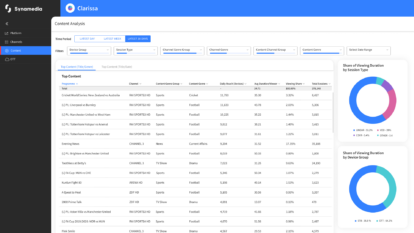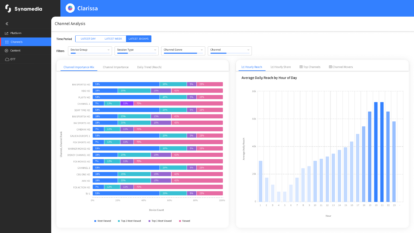Cloud DVR will reset the bar for content recording and experiences. But it’s important we don’t pitch the technology too far ahead of current levels of consumer understanding. It’s time to recall a cautionary tale from the past.
Do you remember the days when, watching your favorite TV show, every trip you made to the kitchen to grab a bite to eat was timed around TV commercials?
Well one autumn day, in the early 2000s, a funny thing happened.
I was watching an American football game with my mom—a huge fan—when this commercial for Philips TiVo aired.
It showed a fan sitting on his couch watching a game. At a critical point in the game—a game winning field goal attempt—the character pressed the pause button on his remote, ran to his local church, said a prayer, ran back home, and pressed play. At that point, the kicker made the field goal and the fan rejoiced.
Then a funny thing happened. My mom turned to me asking “How did he stop the game to go pray?”
Today that may seem like a ludicrous question. But back then, pausing live TV was a very foreign concept for most consumers.
TV has clearly evolved since the early commercials.
That advert, promoting TiVo’s ‘pause live TV’ capability, is perhaps one of the reasons why their brand became a verb. And yet, it wasn’t such a successful product.
Indeed, the sales figures show that sales of TiVo boxes dwarfed in comparison with pay TV operator integrated DVRs.
Why was that?
Evolution vs Revolution
I would argue TiVo had a flaw in their go-to-market positioning. As Geoffrey Moore outlined in his book “Crossing the Chasm” the average consumer is not interested in revolutionary products, unless it is solves a known problem in a manner that is simple to understand, learn, and use.
When TiVo hit the market, “Pause TV” may have solved a problem. But most people didn’t even know that there was a problem to solve. The major disconnect was understanding what pausing live TV really meant. Consumers got so wrapped up in trying to grasp the concept, their minds never reconciled the benefit.
At that time, what consumers really wanted was a way to record programs without requiring a college degree.
Remember the VCR
For those of us of a certain age, we remember when recording a TV show was a deliberate, complicated process rather than the simple spontaneous action it is today.
If you were fortunate to have VCR cables connected to the respective TV ports, then you were ahead of the majority (and probably an engineer). If you had the foresight to purchase your VHS tape, set the correct channel, and set the VCR timer correctly, you were in an elite class. The only thing separating you and a recording of your favorite TV show was a dreaded power outage.
Eliminating this drawn out process was a real problem that regular folks could wrap their heads around. That’s why, when the pay TV community focused on the evolution of recording programs rather than the revolution of pausing live TV, they attracted millions of DVR subscribers.
And then… a strange thing happened when those pay TV customers started using their DVRs.
Seeing is Believing
Once consumers saw ‘pausing live TV’ in action for the first time, they had their light bulb moment and it all fell into place. At that moment consumers began to realize that they did not have to ignore their bladder, and that they could in fact quench their thirst and answer the phone, without missing anything.
What can Cloud DVR Services learn?
For mass adoption you need to market your ability to solve immediate problems and trust users to discover the other benefits at their own pace. Once they discover these new benefits, it leads to more unmet needs, which leads to new benefits, and so on. My colleagues and I call this the ‘Learned Behavior Model’.
The graphic below showing the Learned Behavior Model in action, illustrates the evolution from the VCR to DVR to Gateway from an average consumer’s point of view.
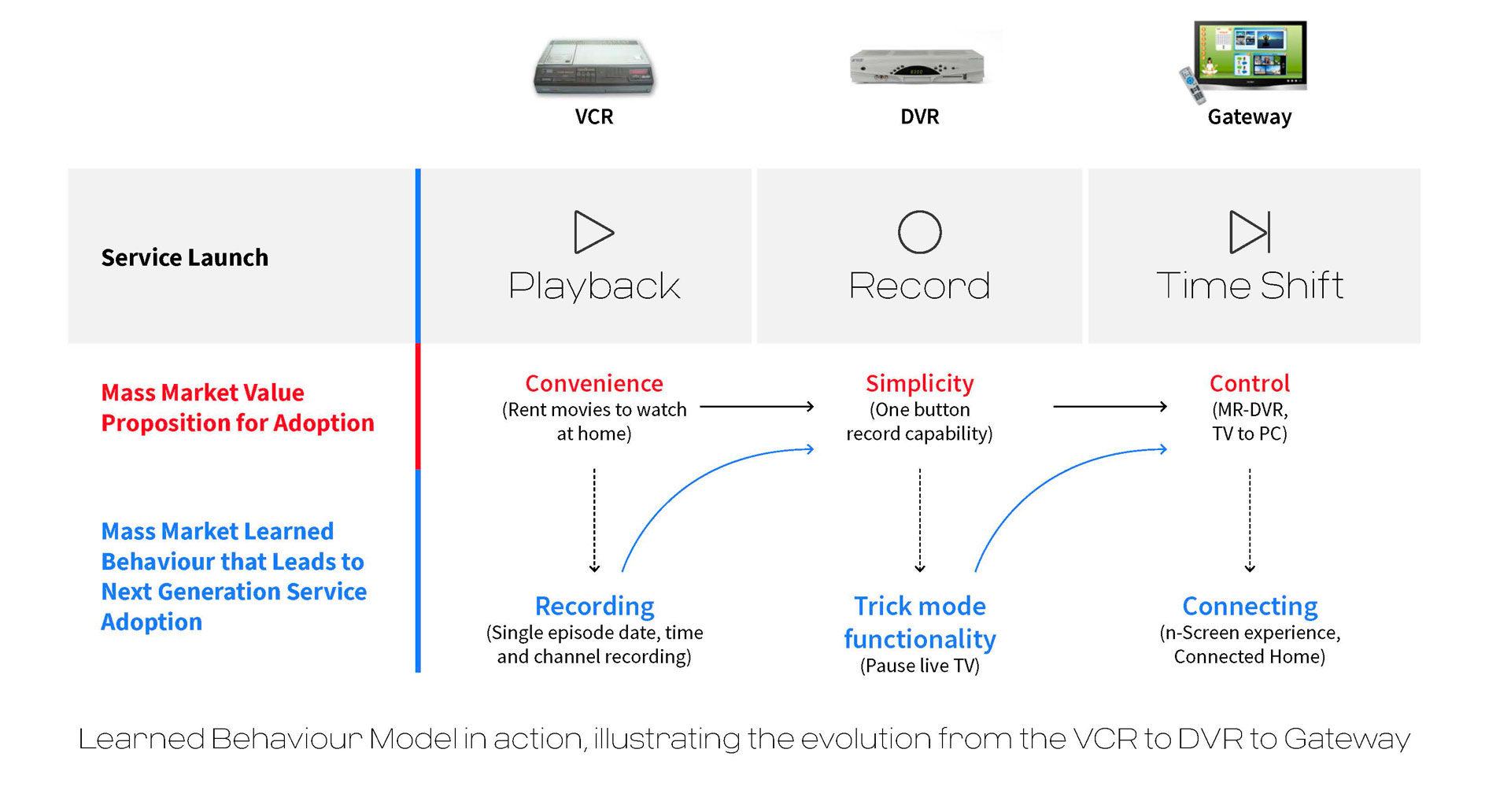
There’s no doubting that the DVR was fantastically successful. But now, in 2019, we are on the cusp of the next evolution in recording and experiencing content, Cloud DVR.
If TiVo taught us anything, the trick is to resist marketing every new feature that comes with a cloud-based platform. Better to focus on promoting features that the average consumer wants now and can understand, such as multi-screen viewing, more storage, more simultaneous recordings. In time, they will learn the benefits of flexible recording boundaries, storage in the cloud, and seamless TSTV.
The world of video services has never been more competitive. To learn more about how Cloud DVR can help you deliver a true multi-screen experience over any network, read our cloud DVR analysis page.
About the Author
JT Taylor is responsible for developing and driving all product marketing, sales enablement, and thought leadership initiatives for two areas of the Synamedia portfolio: Synamedia Go, an open, modular, and flexible streaming video platform; and Gravity, a device management platform that can simplify the management of subscriber’s whole home network. When he’s not wearing his marketing hat, JT is an avid golfer and pseudo musician.

